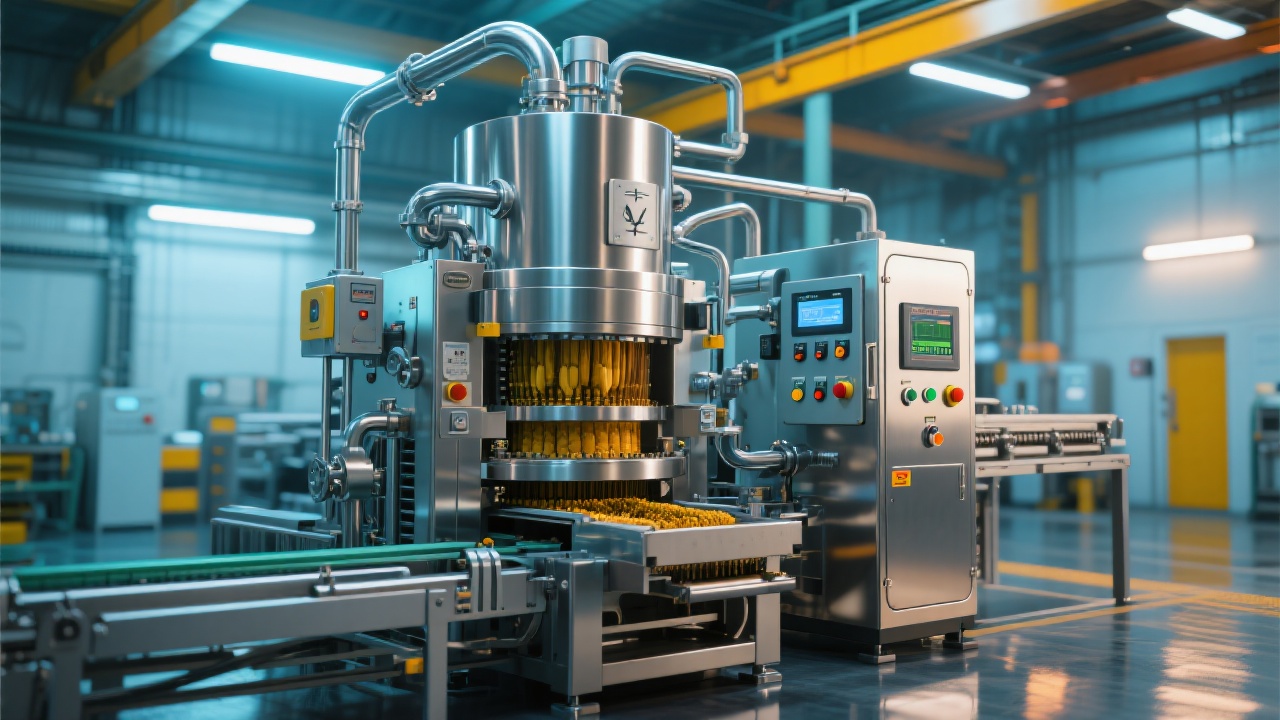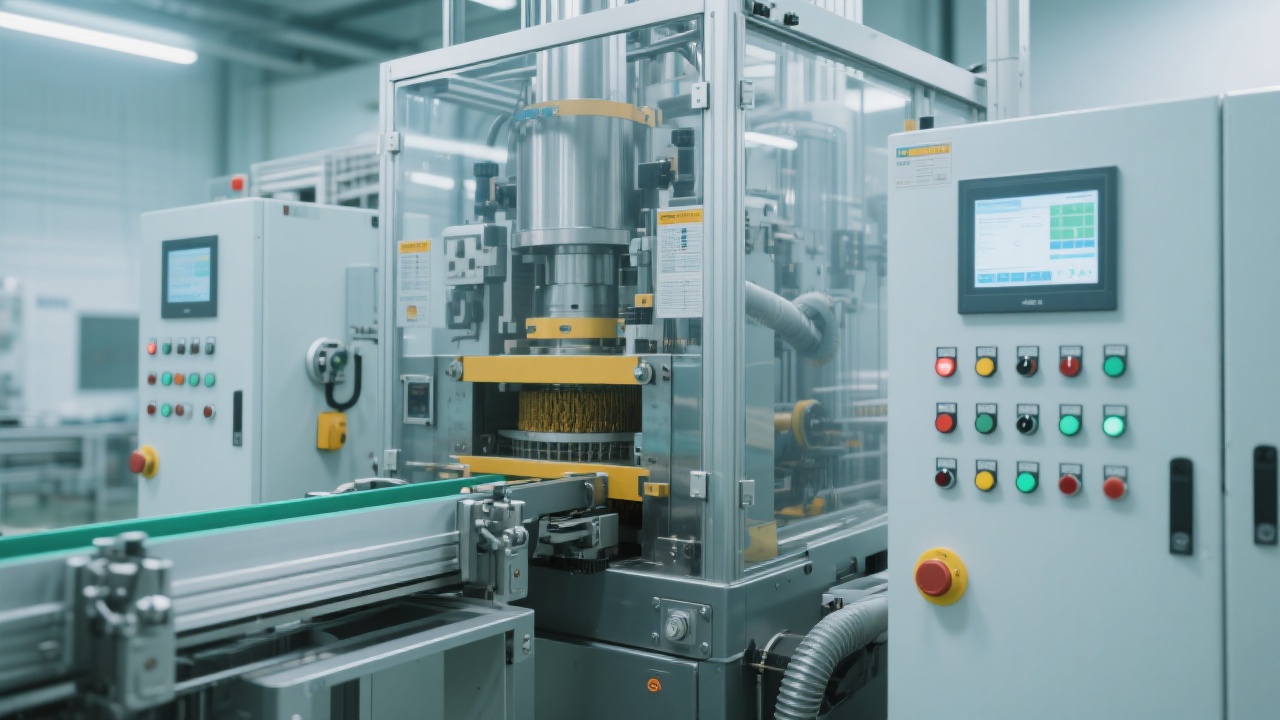
In the palm oil processing industry, enhancing pressing efficiency while reducing energy consumption is a crucial goal for enterprises. This article focuses on the technical approach of optimizing the pressing temperature curve to achieve a 30% reduction in energy consumption, covering the entire palm oil processing workflow.
Temperature control during the palm oil pressing process plays a vital role in both energy consumption and oil yield. Improper temperature settings can lead to increased energy usage and lower oil extraction rates. For example, if the temperature is too low, the oil viscosity is high, making it difficult to separate from the pulp, resulting in a lower oil yield. Conversely, if the temperature is too high, it not only consumes more energy but may also damage the quality of the oil.

The palm oil processing flow mainly includes crushing, pressing, separation, and refining. Each step is closely related to the final quality and quantity of the palm oil. In the crushing stage, the palm fruits are broken down into smaller pieces to facilitate subsequent processing. The pressing stage is where the core of oil extraction occurs, and temperature control here is of utmost importance.
To optimize the pressing temperature curve, we need to consider the characteristics of the palm fruits and the performance of the pressing equipment. By adjusting the temperature at different stages of the pressing process, we can achieve the best balance between energy consumption and oil yield. For instance, in the initial pressing stage, a relatively lower temperature can be set to preserve the oil quality, and then gradually increase the temperature as the pressing progresses to improve the oil extraction rate. Practical data shows that through this optimization, energy consumption can be reduced by up to 30%.

The PLC (Programmable Logic Controller) automation control system is an effective tool for implementing temperature control. It can precisely adjust the temperature according to the pre - set curve, ensuring stable and efficient operation of the pressing process. With the PLC system, operators can monitor and control the temperature in real - time, making timely adjustments to adapt to different production conditions. In some practical cases, the use of PLC automation control has significantly improved the stability of the pressing process and reduced human errors.
After implementing the temperature curve optimization and PLC automation control, it is necessary to verify the effects. Through continuous monitoring of energy consumption, oil yield, and oil quality, we can confirm whether the expected goals have been achieved. At the same time, regular equipment maintenance is also essential to ensure the long - term stable operation of the production line. For example, cleaning the pressing equipment regularly can prevent blockages and ensure the normal flow of materials.

In conclusion, by optimizing the pressing temperature curve and applying PLC automation control, palm oil processing enterprises can significantly improve production efficiency, reduce energy consumption, and achieve a win - win situation of energy conservation and high - quality oil production. If you are eager to enhance your palm oil processing efficiency and reduce energy costs, click here to learn more about our advanced solutions!

